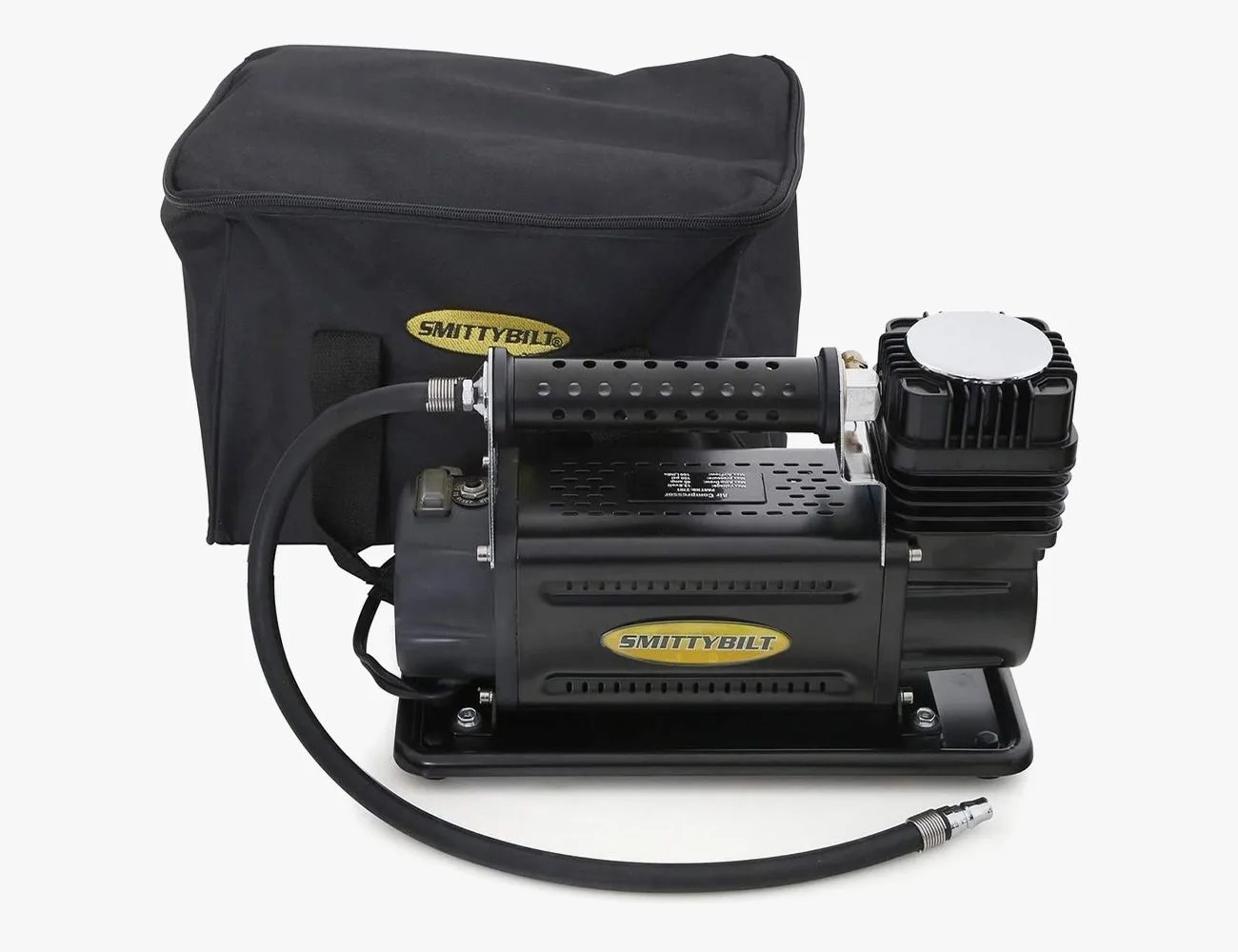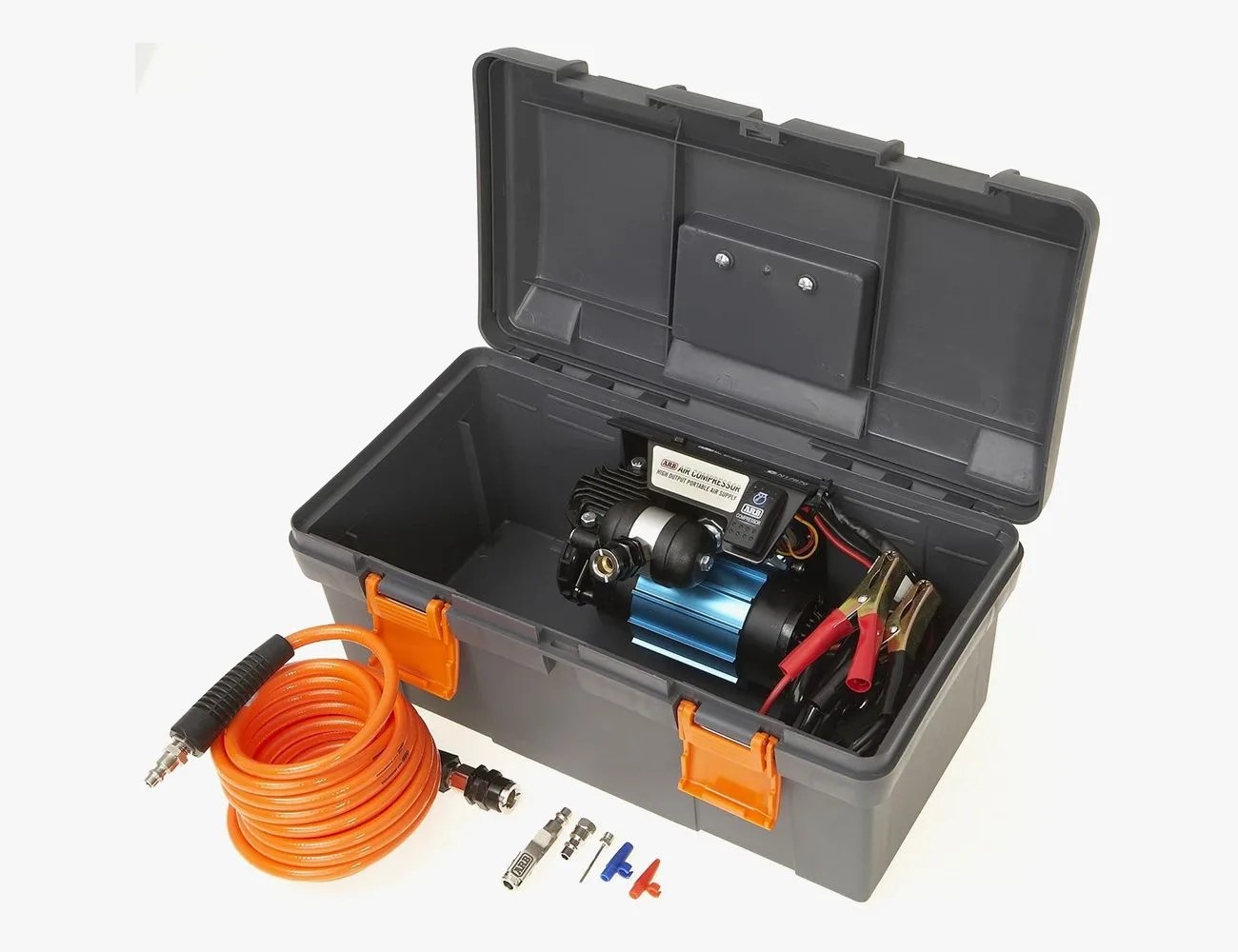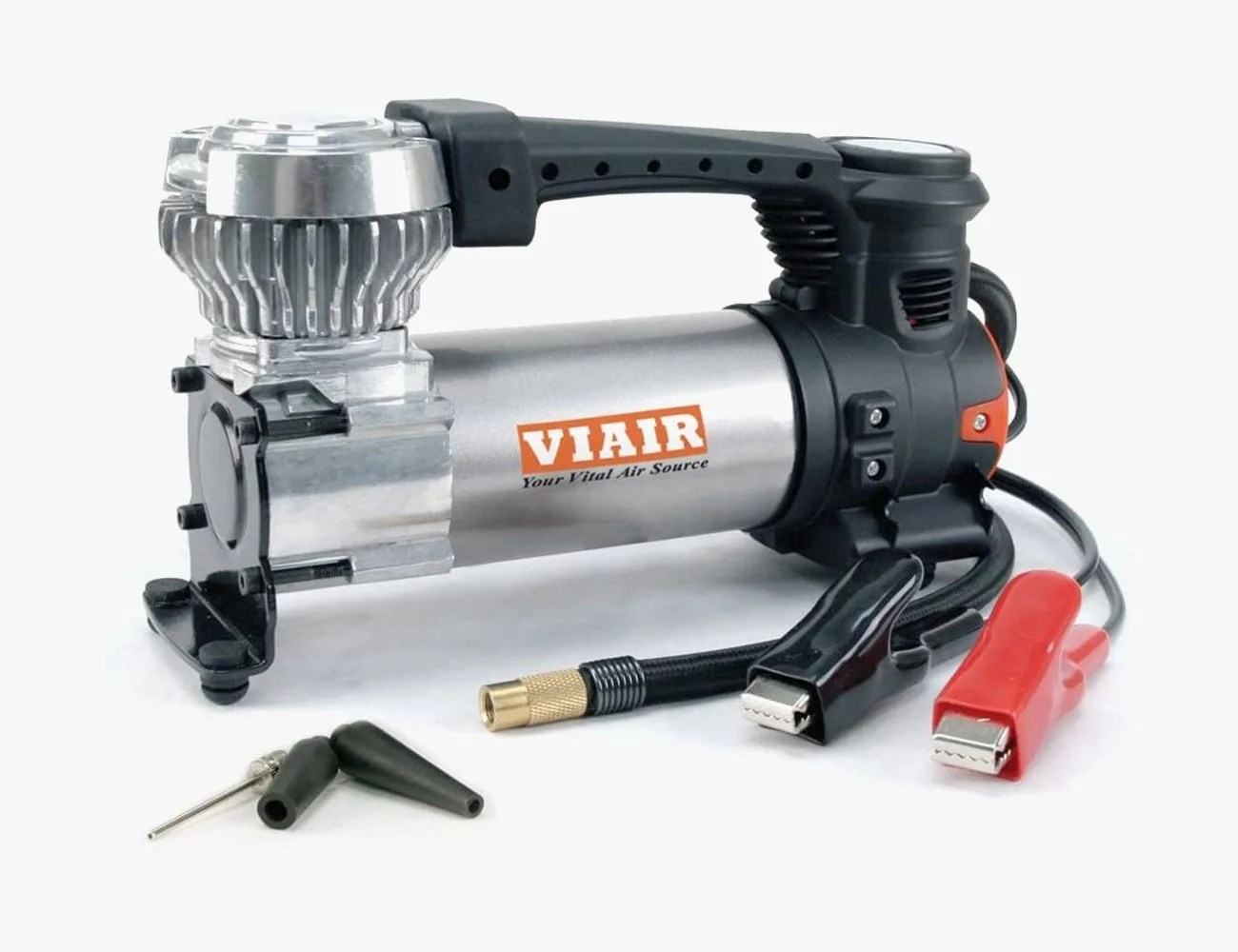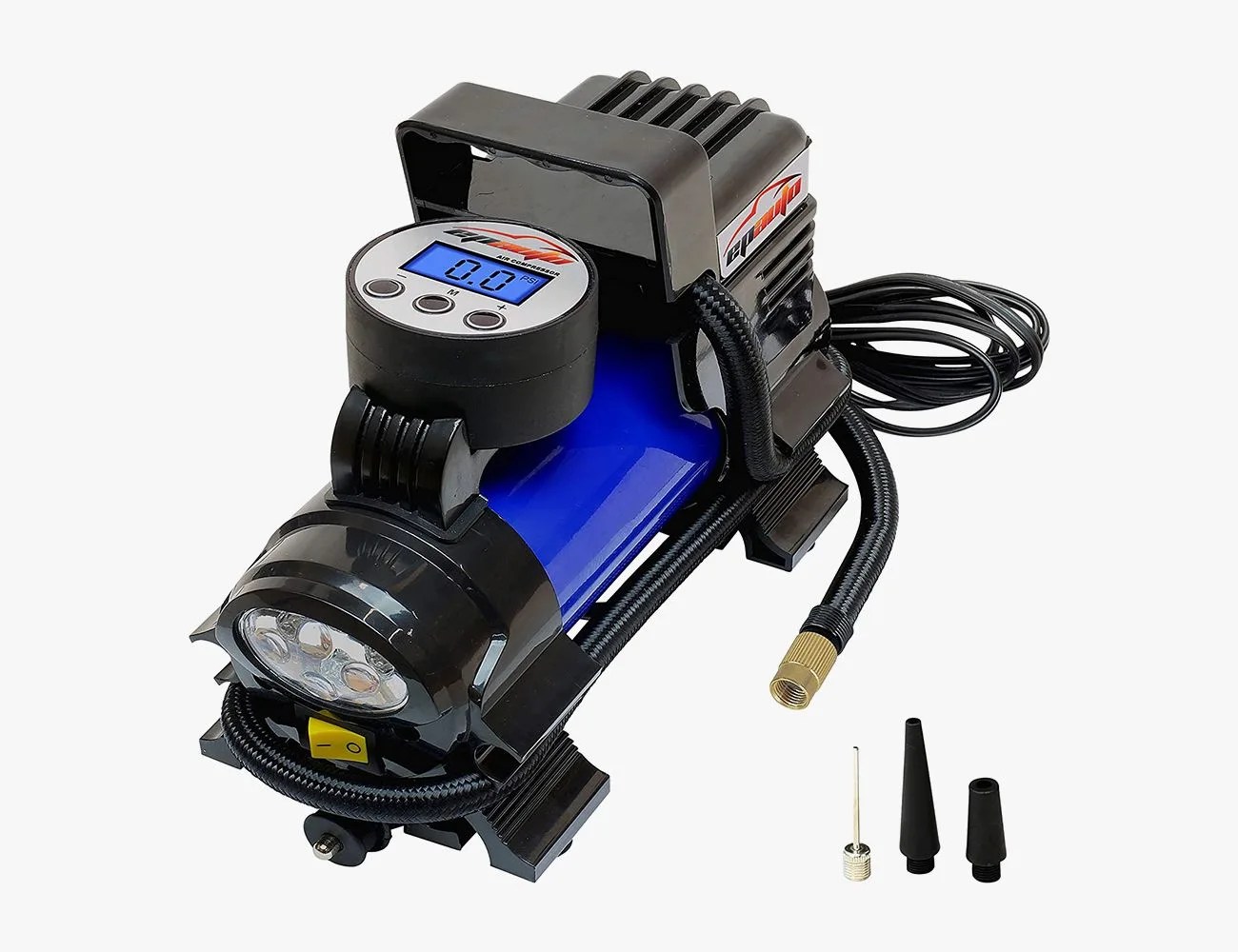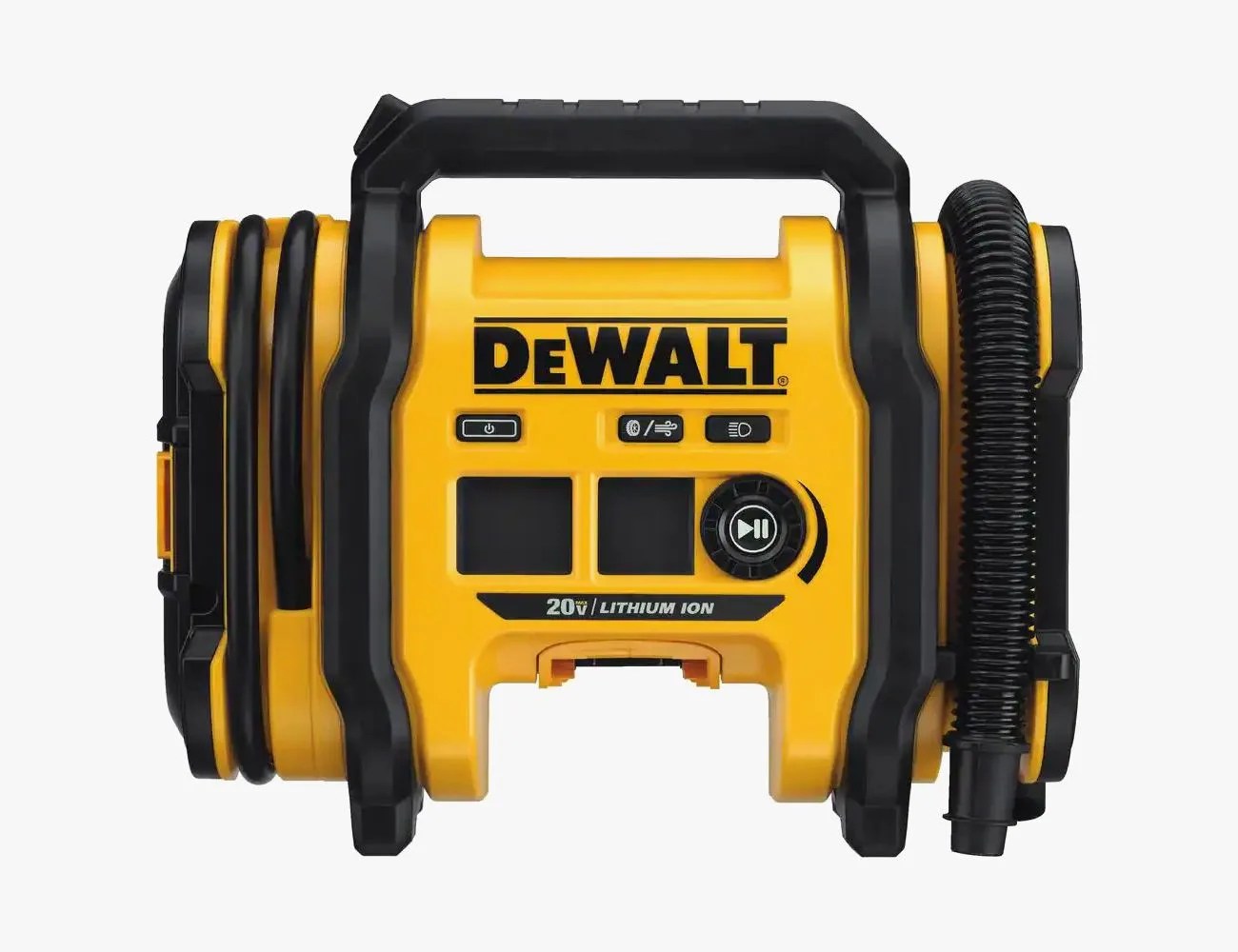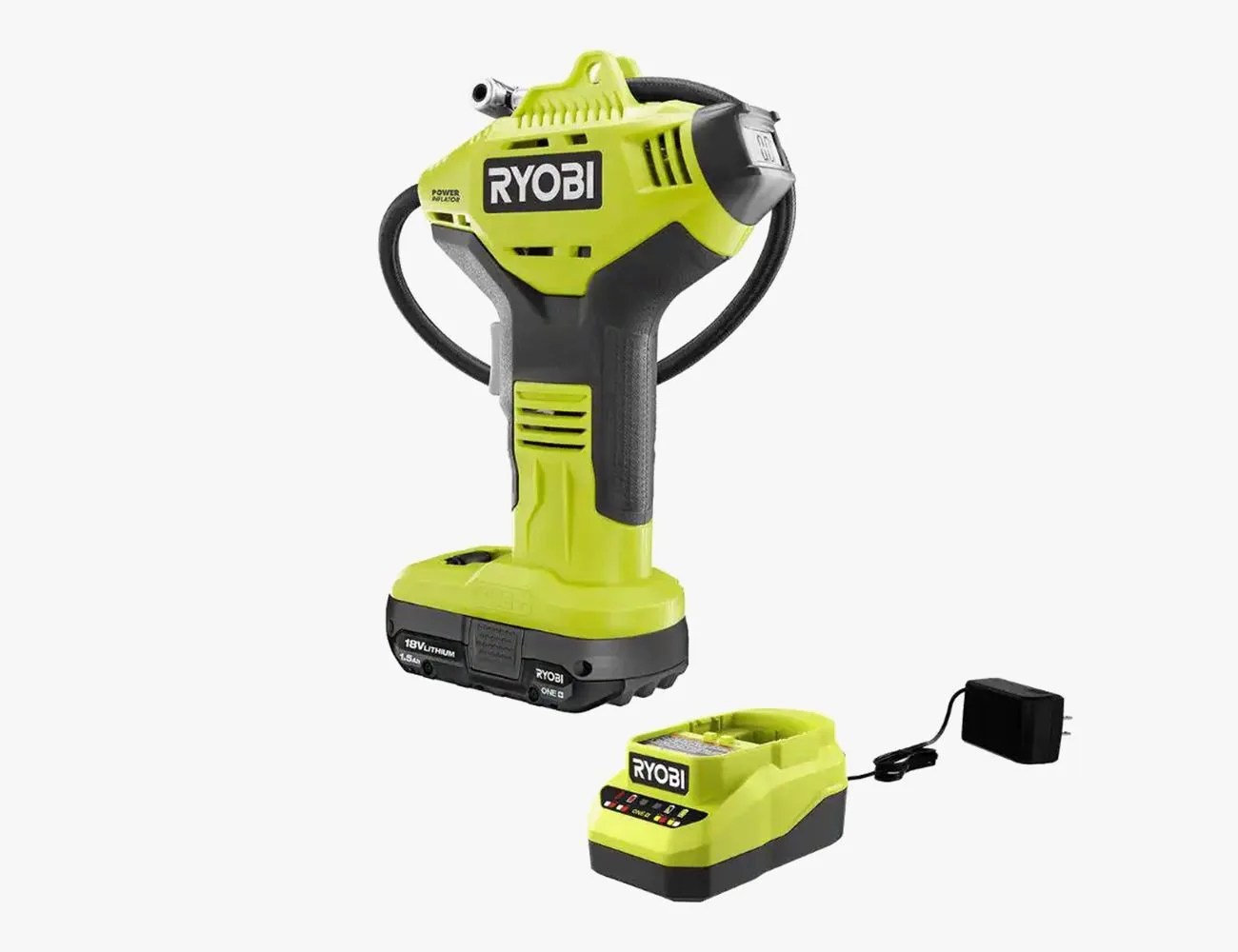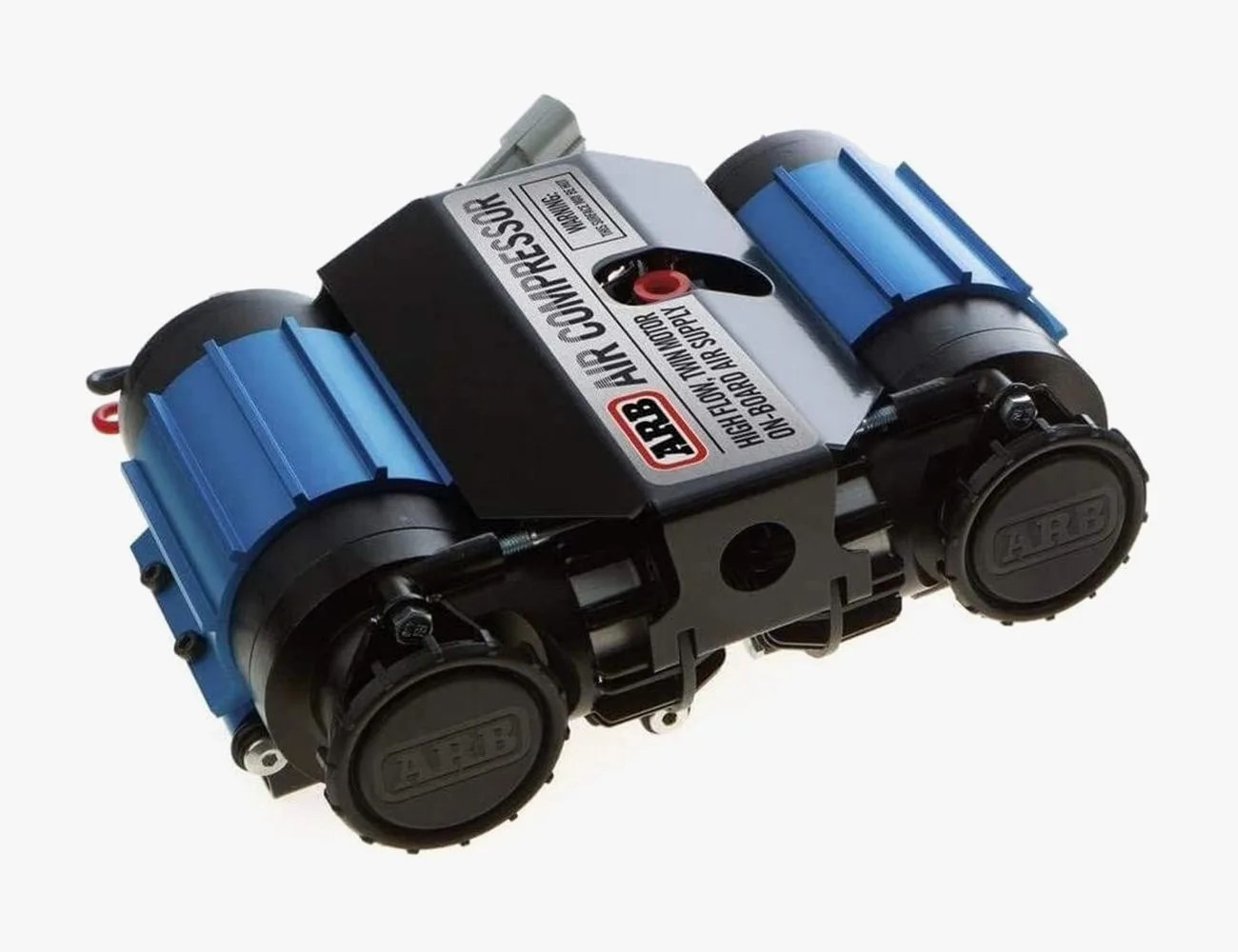Keeping your tires in check is car maintenance 101. Ensuring you have properly inflated tires will improve longevity, fuel economy and safety. Here are the best portable tire inflators, whether you are doing routine tire checks or airing down for an overlanding adventure.
Products in the Guide
-
Smittybilt 2781
Best Overall Portable Tire Inflator
Read more -
ARB CKMP12 Portable Air Compressor
Best Upgrade Portable Tire Inflator
Read more -
Viair 88P Portable Compressor Kit
Best Budget Portable Tire inflator
Read more -
EPAuto 12V DC Portable Air Compressor
Best Portable Tire Inflator for Daily Drivers
Read more -
DeWalt 20V Cordless Inflator
Most Versatile Portable Tire Inflator
Read more -
Ryobi ONE+ 18V Cordless Power Inflator Kit
Best Battery Powered Portable Tire Inflator
Read more -
ARB CKMTA12 On-Board Air Compressor
Best Tire Inflator for Onboard Air
Read more
Why Buy a Portable Tire Inflator
Routine Checks and Emergencies
While we should all know how to change a tire, there is maintenance that you should perform to ensure longevity and reliability. Modern cars have tire pressure indicators, making the checking step easy, so you will want to ensure your tires stay at the manufacturer’s recommended PSI. Low tire pressure is not necessarily a bad sign, it could simply indicate that it is cold outside and the temperature is affecting the air density inside the tire.
Off-Roading
When prepping your gear for off-roading, airing down your tires becomes essential. Although your tire pressure sensors may light up your dash, airing down this gives the rubber more traction on challenging terrain by increasing the surface area in contact with the ground at any given time. It also lowers your chance of blowing a tire while navigating rocky trails. While airing down will improve your off-road performance, driving on the pavement is different. Once the adventure is over, you must inflate your tires to their recommended PSI to return safely to the highway and keep your car from getting damaged. Though you could go to a gas station and use their air, this is not a very savvy or reliable solution, especially in the case of a tire emergency.
What to Look for in a Tire Inflator
The tire size and inflating time are the factors that you want to have top of mind when looking for a portable inflator. For example, you may have already decided never to upgrade your tires larger than 33 inches. In that case, you can get away with a smaller, more budget-friendly unit.
What the Specs Mean
How air compressors work can be confusing, with multiple measurements and variables to consider. Pounds per square inch (PSI) is the number you are probably most familiar with. In the case of an air compressor, it is the amount of pressure it delivers. Maximum airflow is measured in cubic feet per minute (CFM); occasionally, you will also see liters per minute (l/min). It measures the volume of air a compressor can generate in a given time. For example, three CFM means three cubic feet of air is flowing per minute. 1 CFM = 28.31 l/min, so the difference between the two is a matter of conversion. These numbers will end up determining how fast you can inflate your tires. If you’re not patient, upgrading to this category might be the best option.
The duty cycle can be a bit of a confusing figure as it is often listed as a percentage. The percentage is the amount of an hour you can run the compressor. For example, if a duty cycle is 25 percent, it can run for 15 minutes. When you reach the top end of the duty cycle, you must pause inflation, let the motor cool off and finish the job later. Some brands will do the math for you and list the time of their duty cycle with the conditions it is measured at (PSI, temperature, etc.).
The more robust inflators will use alligator clips attached to your car battery, but small ones will use a cigarette lighter-style DC plug. For the consistency of this guide, these are all 12V models, but it is good to note that companies also produce 24V options as well.

